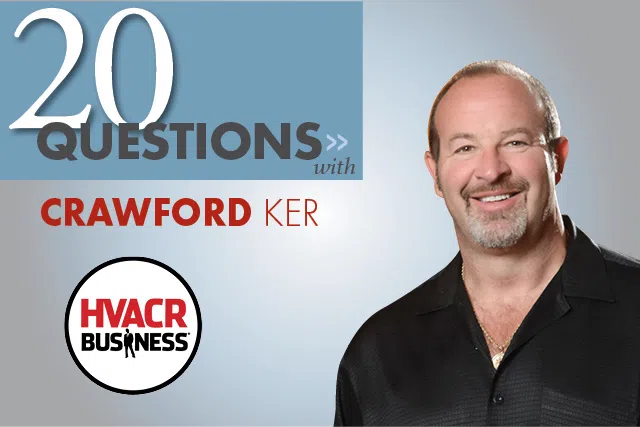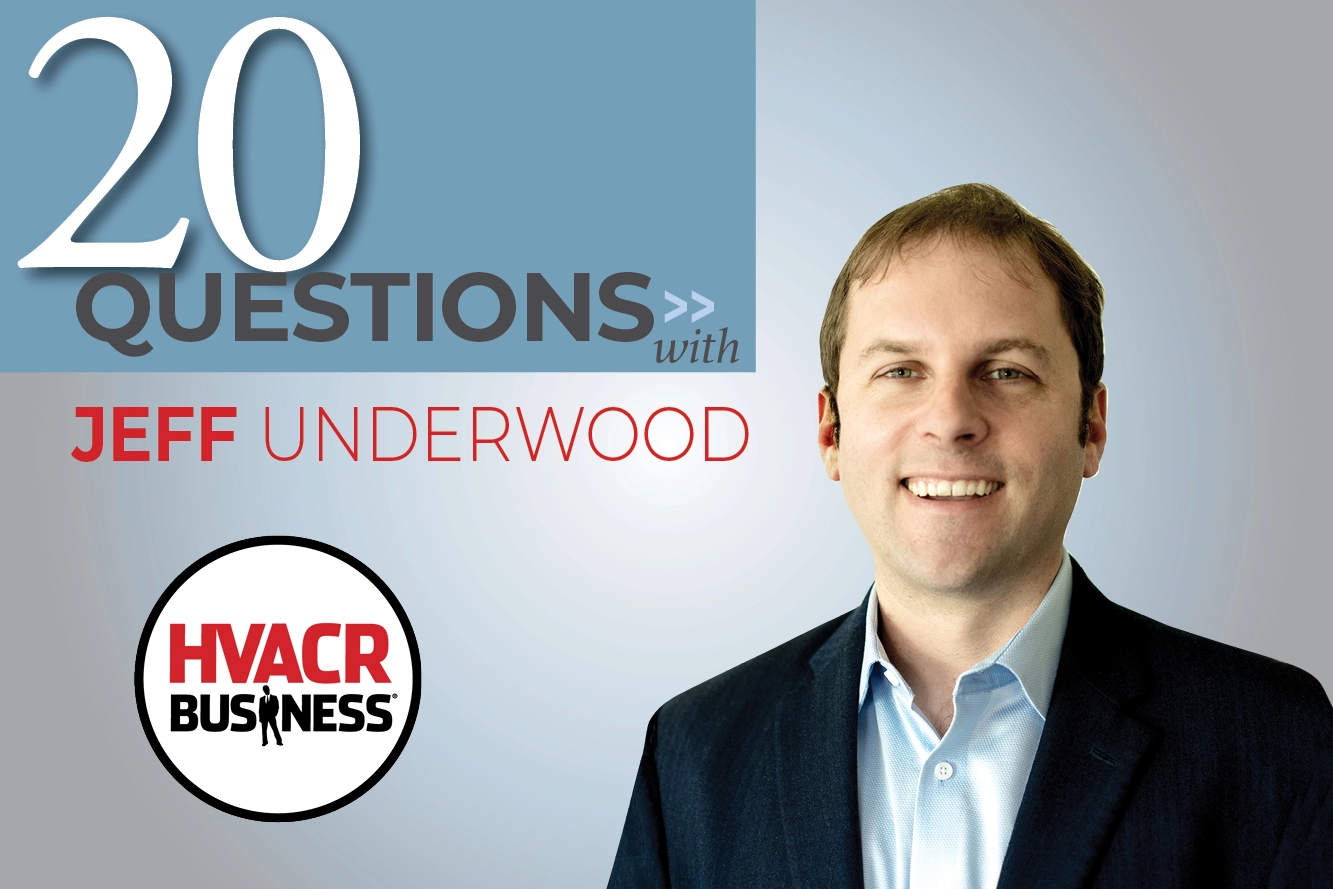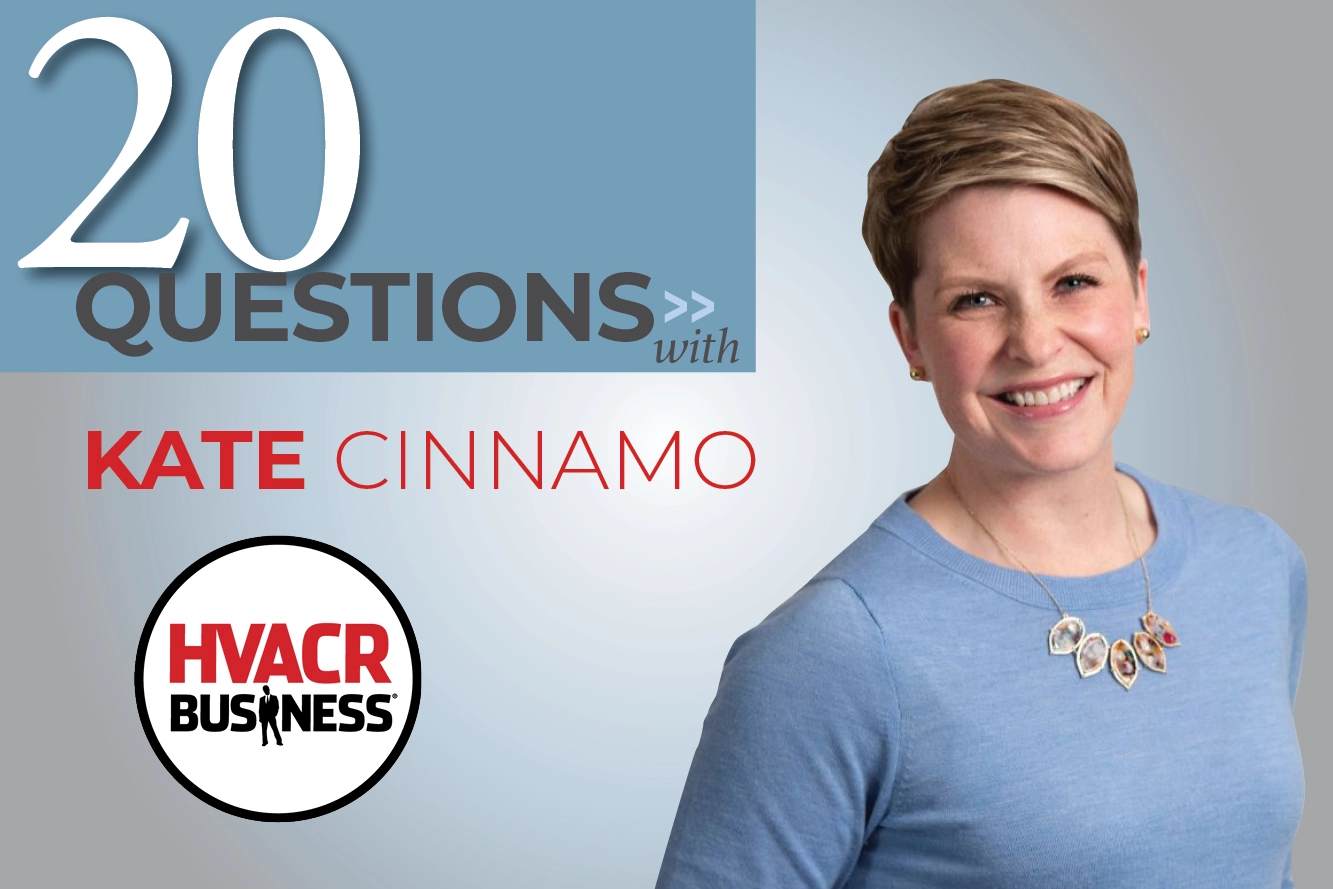HVACR Business Publisher Terry Tanker recently met in Largo, Fla. with Crawford Ker, former NFL player and founder of the Ker’s WingHouse restaurant chain. Ker, who played for both Tom Landry and Jimmy Johnson as a member of the Dallas Cowboys, discussed learning how to run a business, how to build a team and what he looks for in an HVACR contracting partner.
1. What did you find difficult about leaving professional football?
You mean other than the fame, fortune and fun? (laughs) The NFL is very regimented, and structured. When you leave you feel a bit lost. It’s true with all of us. You leave this fantasy world and enter the real world – you start over again.
2. Yes, but hopefully with a good financial head start — right?
Hopefully. But you’re starting your business life much later in life — 28-30 years old compared to 22-24 years old — so you’re behind the business curve when you start.
3. Why do so many ball players try their hand as restaurateurs?
I think a lot of athletes want to lend their name to things and have other people do the work. But you can’t be an absentee owner — you have to be there or it’s going to be a disaster. Like any business, it’s only as good as the leadership.
4. Why did you decide this was the business for you?
I was fortunate enough to look at many different businesses and I found one I thought had potential to be profitable if it was well run. I went in with a partner who was “the expert” but, lo and behold, I found he wasn’t. I quickly bought him out and really had to learn the business from the bottom up.
5. Did you have advisors at that point?
My father was always my advisor. He has been in the restaurant business, a culinary chef by trade. Maybe a little bit of this was in my gene pool.
6. What did you do immediately following that buy out?
Actually, just before the buyout I had to answer a question — as the owner, can I make the tough decisions other people don’t want to make? Ultimately, I decided I could, based on what was best for the business, and moved forward.
7. What happened next?
That was a turning point. I had to make some tough personnel and business decisions to make it profitable. I drew on experiences I learned from watching Jerry Jones and Jimmy Johnson.
8. What specifically did they teach you?
You have to be dedicated, committed and willing to put in the long hours — sounds cliché but it’s true.
9. Are you a business student?
I’m a student of people and modeling. Modeling is based on analyzing things that are successful and simply putting your spin on them. There are very few visionaries out there, lots of us are duplicators — and that’s fine. Very few people have that knack of being truly innovative and creative.
10. What else were you able to adapt from sports?
As the business grew I had to delegate and hired VPs and GMs, the equivalent of coordinators and position coaches. Comparable monthly sales are how we measure ourselves, just like the win-loss record. Lots of attention is paid to customer counts, gross sales plus or minus and why. So, each year we set goals to determine if we’re moving north or south.
11. Would you agree athletics and business have similar strategies?
Absolutely. I brought in a perspective of discipline, teamwork, attention to detail and accountability. Some thought I was too hard, but I was simply focused on what we needed to do to be successful.
12. Did you have a specific strategy?
I was very big on systems and procedures: What we do, when we do it, who is responsible, when we come in, what we do when we close. I spent years manually tightening down our system. I was very big on systems. The founders of Wendy’s, McDonalds and Walmart have all written books that are great guides for any business owner.
13. What is the difference between a top performing store and the bottom?
A lot of things, but in this business it’s location — probably a lot like the HVACR business. Consistency of management is second. If our GM runs a tight ship and is involved in the community, it’s likely were going to have good success.
14. One of the toughest things HVACR contractors do is find qualified people — how did you address staffing?
I always believed in promoting from within, but sometimes you do have to bring in people from the outside – you learn from them too.
15. How do you address employee turnover?
It’s a tough 6-7 day-a-week business and you have to have the energy and enthusiasm to do that. As a result, turnover is high — management turnover is 20-25 percent. And based on our model the wait staff is 80-90 percent.
16. Have you tried to reduce wait staff turnover?
We continually hire, and continually train it’s just a cycle that is inevitable. We have a system, we try to hire the best candidate we can, we interview, we conduct background checks, really take the time to do the calls and the research Many don’t and that’s a problem; you pay later. It’s better to do the homework up front.
17. What do you look for when you are building your team?
I look for those who are very good at reinventing and learning. Some are overachievers and want to always move forward — they need bigger and better challenges. Others are pretty happy where they are. You’ve got to really know the individual and see their wants and dreams, not your own.
18. How do you handle the HVACR needs at your 26 WingHouse locations?
That’s one of the biggest problems in our business, HVACR and roofs. In the beginning, you go get three bids and fix it up the best you can. Next, you try and find a great service company and sign a service contract. Some even hire their own in-house tech. But the best is finding the right service company that understands how to manage a commercial account.
19. What do you look for in a contractor?
A good contractor will inspect every unit on every building, and it will be computer driven. They’ll know ahead of a breakdown and have the documentation on whether we should be repairing or replacing units. It’s systems and procedures again.
20. How much more of an appreciation do you have for some of your coaches in Dallas and Denver now that you’ve basically assumed that role in business?
God works in mysterious ways. I never liked a lot of my coaches and now that I’ve become one I’ve learned it is hard. Coaching and motivating people is a lot harder than doing it yourself — or at least for me.






